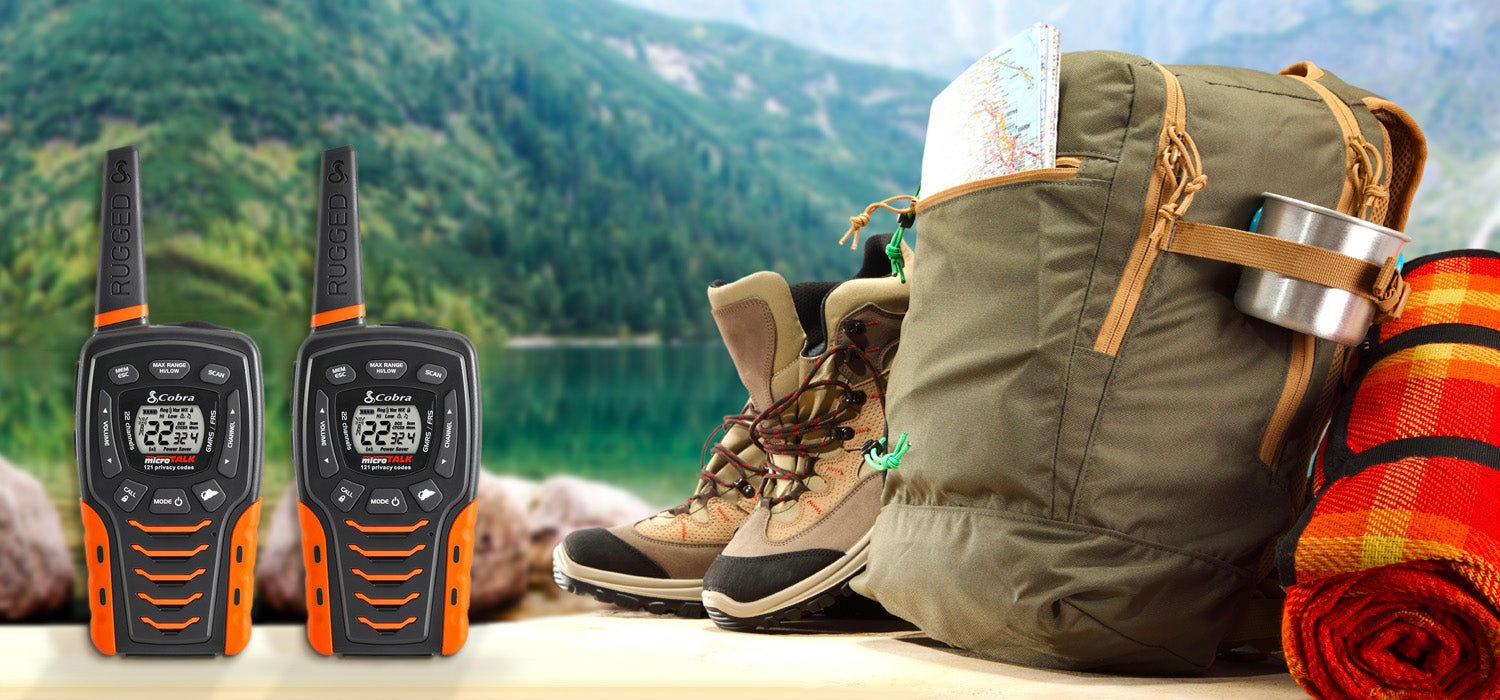Getting the Most Out of Your Walkie Talkies

Of all the things you pack for an outdoor adventure, where does a walkie talkie fall on your list? If your answer to that question is it doesn’t, you may want to reconsider what it means to be prepared for anything that nature throws your way.
In fact, unless you’re going it alone on your next trip to the great outdoors, including walkie talkies as part of your standard gear could well prove to be one of the smartest decisions you’ll make. For family outings, they can be a great source of fun. You can take a game of hide and seek to a whole new level when all participants are armed with two-way radios. Or, if you have friends who invariably hike at different speeds, walkie talkies are a great way to stay connected. And, of course, they can be of critical value in an emergency as they work whether the grid is up or down.
Consumers have more options than ever before as more electronics companies, at home and abroad, are entering the walkie talkie market. That list includes Cobra, which has turned heads with its Chat Tag Rock two-way radio, one of the smallest walkie talkies on the market that features voice-prompt programming for hands-free use and a built-in micro-USB port for recharging batteries.
Whichever walkie talkie you choose to use, here are some tips to find maximize its impact on your excursion:
Preserve your battery life
“Power is essential to getting the most out of your walkie talkies,” explains Melanie Hemsey, the Marketing Manager for Cobra. “You always want freshly charged batteries.”
Walkie talkies generally use one of three battery types: nickel-cadmium, nickel metal hydrate, or lithium-polymer. Though lithium-polymer batteries are less affected, walkie talkie batteries can suffer from something called the “memory effect,” a loss of charge capacity when a battery has not been fully discharged before re-charging. You can minimize this by letting the battery fully drain before recharging, or by using a conditioning battery charger.
Another way to improve your battery’s life is to be brief with your message. The less time you speak, the less time the transmission will last, and the longer your battery will. Plan what you’d like to say ahead of time and follow the ABC principles – accuracy, brevity, and clarity.
Use headphones to optimize sound quality
Another consideration for optimal use is sound quality. Quite simply, if you can’t hear what the person on the other end is saying, there’s no real reason to bring walkie talkies with you. According to Hemsey, ear phones provide the clearest reception possible since they block out any ambient noise that could further distort sound.
Know the conditions of your outing
Factors such as direct line of sight, vegetation density, and humidity levels all impact the performance of walkie talkies. Knowing the conditions before you go will allow you to bring the best two-way radio for your outing and understand how they might perform on the trail.
Walkie talkies transmit in either VHF (very high frequency) or UHF (ultra high frequency). VHF has longer wavelengths, which means signals can travel further under optimal conditions (direct line of sight, sparse vegetation, and dry air). But UHF may be the better bet in the great outdoors, as its shorter wavelengths transmit more easily through rough terrain.
Hemsey points out that “line of sight” affects performance as well. “The presence of large buildings or trees will reduce range,” says Hemsey. “Under exceptional conditions, such as hilltop to hilltop or over open water, communication is possible at 35 miles or more, but that is rare.”
Understanding where you’ll be using your two-way radios is crucial to finding the right frequency for your excursions and knowing where communication will work best.